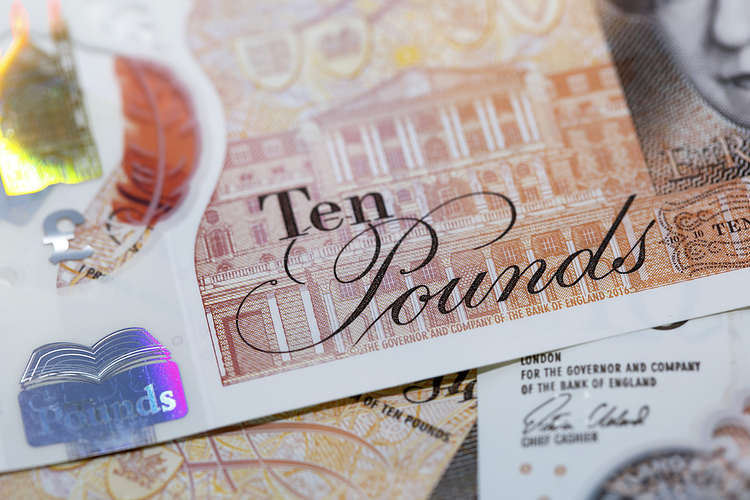© Reuters. FILE PHOTO: A woman shops in a supermarket as rising inflation affects consumer prices in Los Angeles, California, U.S., June 13, 2022. REUTERS/Lucy Nicholson/File Photo
By Lucia Mutikani
WASHINGTON (Reuters) -U.S. prices picked up in January amid strong gains in the costs of services, but the annual increase in inflation was the smallest in three years, keeping a mid-year interest rate cut from the Federal Reserve on the table.
The report from the Commerce Department on Thursday also showed consumer spending slowed last month, restrained by decreases in outlays on goods, including motor vehicles, furniture and other long-lasting household equipment. The inflation and consumer spending readings were in line with economists’ expectations.
But with services prices increasing a solid 0.6% last month, likely as businesses raised prices at the start of the year, the timing of the first Fed rate cut remains uncertain. Services, which include housing and healthcare, are at the heart of the U.S. central bank’s fight against inflation. Policymakers have said they are in no rush to start lowering borrowing costs.
“The economy is not going off the rails and the inflation scare in January seems unlikely to continue, so Fed officials are still likely to consider a first interest rate cut when they meet in June,” said Christopher Rupkey, chief economistat FWDBONDS in New York.
The personal consumption expenditures (PCE) price index rose 0.3% last month, the Commerce Department’s Bureau of Economic Analysis said. Data for December was revised lower to show the PCE price index gaining 0.1% instead of 0.2% as previously reported. Goods prices fell 0.2% as the cost of energy dropped 1.4%, offsetting a 0.5% rise in food prices.
In the 12 months through January, PCE inflation rose 2.4%. That was the smallest year-on-year increase since February 2021 and followed a 2.6% advance in December.
The monthly data mirrored rises in consumer and producer prices last month, which most economists attributed to price increases at the beginning of the year.
Economists have argued that the model used by the government to strip out seasonal fluctuations from the data is probably not fully incorporating price hikes that occur at the start of the year. Most do not expect those price increases to be repeated in February.
Excluding the volatile food and energy components, the PCE price index increased 0.4% last month. That was the largest monthly rise since last February and followed a downwardly revised 0.1% gain in December. The so-called core PCE price index was previously reported to have climbed 0.2% in December.
Core inflation increased 2.8% on a year-on-year basis in January, the smallest advance since March 2021, after rising 2.9% in December. The Fed tracks the PCE price measures for its 2% inflation target. Monthly inflation readings of 0.2% over time are necessary to bring inflation back to target.
U.S. stocks opened higher while the dollar slipped against a basket of currencies. U.S. Treasury yields were lower.
CONSUMER SPENDING COOLS
PCE services inflation excluding energy and housing accelerated 0.6% last month after rising 0.3% in December. The so-called super core inflation increased 3.5% on a year-on-year basis in January after rising 3.2% in December. Policymakers are watching the super core inflation measure to assess progress in their battle against inflation.
Government data on Wednesday showed slight upward revisions to inflation in the fourth quarter. Financial markets have pushed back expectations for a Fed rate cut to June from May. Since March 2022, the U.S. central bank has raised its policy rate by 525 basis points to the current 5.25%-5.50% range.
The pick-up in inflation last month occurred despite a slowdown in consumer spending. Consumer spending, which accounts for more than two-thirds of U.S. economic activity, rose 0.2% after increasing 0.7% in December. Spending remains supported by a still-tight labor market, which is keeping wage gains elevated.
Personal income jumped 1.0% last month, boosted by government transfers, including a 3.2% cost of living adjustment for social security recipients. Wages rose 0.4%.
A separate report from the Labor Department on Thursday showed initial claims for state unemployment benefits increased 13,000 to a seasonally adjusted 215,000 for the week ended Feb 24. Economists had forecast 210,000 claims for the latest week.
Claims are hovering at historically low levels, despite high-profile layoffs at the start of the year.



